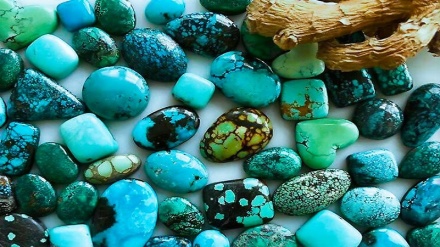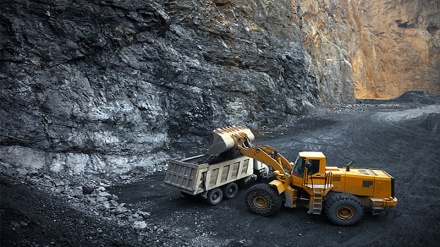Iranian Market (13)
Welcome to this edition of the Iranian Market. In this episode of the Iranian Market, we are going to discuss one of the best Iranian products in the field of agriculture and nuts that is dried fig.
Fig is a type of fruit which is produced in many parts of the world. This plant is native to the Mediterranean region.
It is said planting fig was common four thousand years before the birth of Christ in Egypt. Even the Old Testament has mentioned this fruit. Fig is one of the Jews’ holy foods eaten on Easter’s. In bible also fig is mentioned as a heavenly fruit. And in the holy Quran, the last heavenly scripture, there is a chapter called Tin meaning fig. This chapter is the 95th Surah of the holy Quran which starts with the following words: “I swear by fig and olive...”
There are several interpretations for this verse. Some exegetes believe that swearing God to these two fruits shows the importance of them.
Figs are rich in fiber and many essential minerals such as magnesium, manganese, calcium, copper, potassium, and vitamins K and B6.
Figs are a powerhouse of various essential nutrients. They are rich in phytonutrients, antioxidants, and vitamins. Dried figs are highly concentrated in minerals and vitamins.
Figs are a rich source of natural sugars and soluble fiber.
Regular consumption of figs can lower the risk of colon cancer. The fiber in figs helps to eliminate the waste in the body quickly, which works well for the prevention of colon cancer.
Figs are also a powerhouse of antioxidants, and they neutralize the free radicals in your body and fight diseases. The riper a fig is, the more antioxidants it contains.
Figs are a rich source of phenolic antioxidants. The antioxidants in figs enrich the lipoproteins in plasma and shield them from further oxidation.
Studies show that including figs in your daily diet helps to lower blood pressure. The fiber in figs lowers the risk of high blood pressure whereas the potassium content of figs helps maintain it.
Fig is one of the important economic products in many countries including the Islamic Republic of Iran. Actually the Islamic Republic is one of the producers of organic figs in the world.
Iranian fig is of high quality and is exported to many countries around the world including Japan, China, Hong Kong, Vietnam, Malaysia, Singapore, South Korea, Taiwan, India, Iraq, Belgium, Netherlands, England, the Republic of Azerbaijan and the Persian Gulf states.
Different types of fig are grown in an area of about 50 thousand hectares in different provinces of Iran.
The yellow, black and green figs are the most important varieties of fig which are grown in the Iranian cities of Saveh, Lorestan, Kazeroon, Jahrom and Neyriz.
As we said Lorestan Province is one of Iran's hubs for producing fig. Lorestan is actually one of the best producers of fig. This province with its appropriate weather and soil is suitable for farming especially in the field of growing figs. Poldokhtar county in this province is known universally by growing black fig which is enjoys high quality. This region grows black fig in a vast area of land.
Also, more than 90 percent of figs in southern Iran are grown in Fars Province. This province has appropriate conditions for growing organic figs. All the figs produced in this province are grown without pesticides or chemicals.
According to figures, about 75 percent of the total land area of Fars Province are cultivated for figs. Fig production in Fars are located mostly in steep slopes since time immemorial has kept the system alive and a sustainable heritage for the past and future generation.
Figs are grown in more 20 counties of Fars Province including Estahban, Darab, Neyriz, and Jahrom.
The soil and climate in the Estahban valley are ideal for growing figs. Figs thrive in Valley's hot and dry summer and mild winter since this plant is not resistant against very cold weather.
Estahban produces more than 7000 tons of various dried figs annually.
In Estahban figs are grown in lands with slopes ranging from 40 to 80 percent. Figs are also tolerant to soil salinity.
No chemical fertilizer is used for growing figs, but every year the soil under the trunk is replaced with fertile soil, and therefore, the fig products are considered organically grown.
AE/ME


